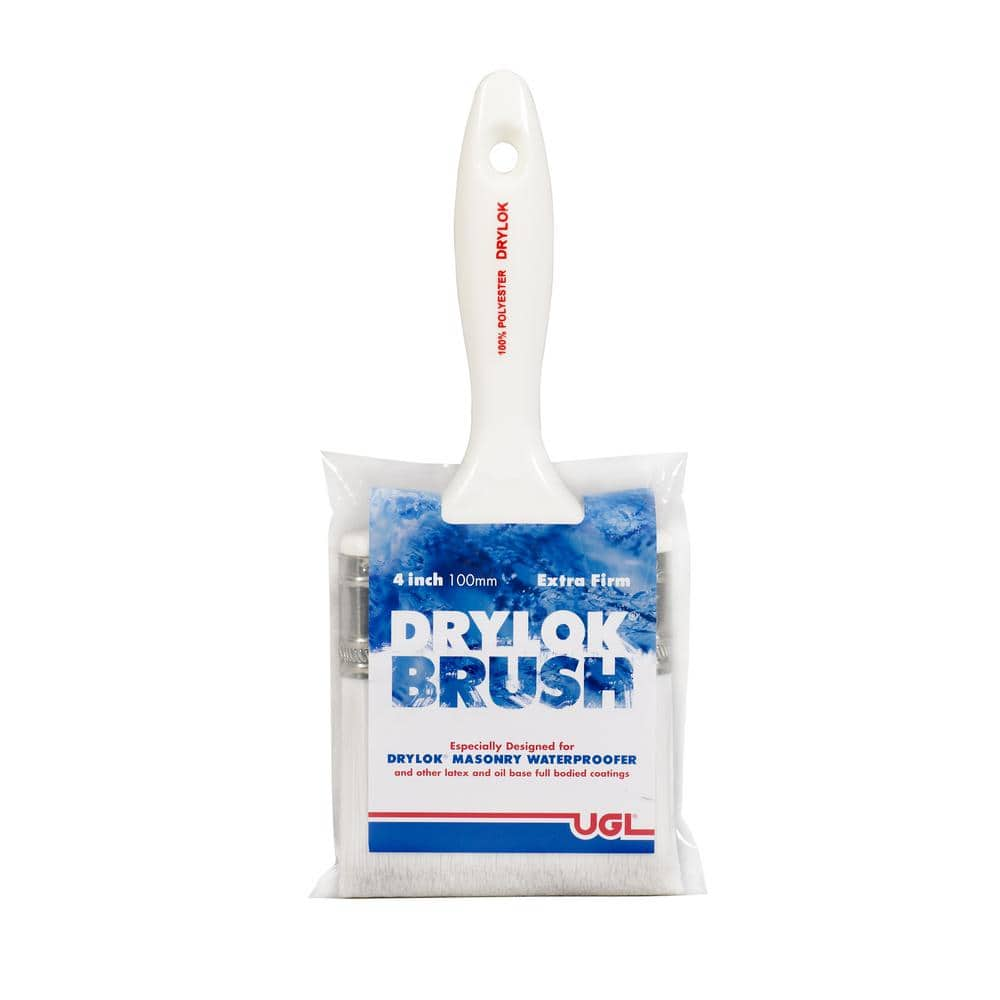- Synthetic Bristle Paint Brush
- Synthetic Brushes For Chalk Paint
- What Is A Synthetic Bristle Paint Brush
- What Is A Synthetic Bristle Brush
Here at Cheap Joe’s Art Stuff, discover a variety of synthetic oil and acrylic paint brushes from your favorite brands. Find synthetic bristle brushes to meet any budget. Shipping Now Starting at 9.49 Flat Rate!. (.some restrictions apply) Search. Advanced Search. Brush head bristles, or filament, can be made from a variety of materials. Synthetic paint brushes offer more versatility and can be used with all paint types. In general, the best paint brush for oil-based paint will have natural bristles. Grey Matters Brushes solve the issue!Artists from all over the country approached Richeson to solve a problem not solved by other brush manufacturers: annoying glare and reflections from studio lights and sun. Grey Matters brushes solve this issue. Richeson Grey Matters brushes are free of distracting colors and reflective metals — perfect for plein air or in the studio,.
Have you heard about our incredible Brush Collection from the Netherlands?
Introducing Staalmeester®. Your new favourite ‘Forever’ brush!
You asked and we listened. You asked us for a PREMIUM QUALITY, PROFESSIONAL LEVEL brush that would, if looked after, last a lifetime.
So we found you not 1, but 7 brush shapes, in 17 sizes.
The Staalmeester is the Rolls Royce of Brushes. A unique synthetic / natural bristle blend that has a short natural china bristle, blended with a longer silky synthetic bristle. The natural bristle ensures better paint absorption and the synthetic bristle component allows for a smooth, even application having minimal to no brush strokes.
Take a look at the Collection.

Looking after your brushes is super easy when you use Fusion Brush Soap!
Be sure to add it to your purchase!
From Our Tutorials:
From Our Blog:
Synthetic Bristle Paint Brush

Choosing the right paint brush seems like a simple decision, but the type of brush you choose has a big impact on the finished look of your painting job. Everything from the type of paint you use to the type of job helps determine which types of paint brushes work best.
Type of Bristles
The choice between natural and synthetic bristles is an important one. Natural bristles have a flagging or splitting at the tips, which helps produce a smooth finish and holds plenty of paint. Natural-bristle brushes are better suited for oil-based or solvent-based paints. The natural bristles are stronger, so they stand up to the chemicals and let you apply the paint without leaving marks.
Synthetic brushes come in different materials, such as nylon, polyester and a blend of nylon and polyester. These brushes are easy to use and clean up well. Synthetic brushes work best for water-based paint. Natural-bristle brushes draw moisture out of the water-based paint, making it difficult to apply properly.
Paint Brush Types Paint brushes are available in angled and flat styles. Angled brushes work well for cutting in along edges and getting straight lines. Choose a thin angled brush when you need a particularly crisp line. A thicker angled brush holds more paint and works well along ceilings and for painting trim. Flat brushes work well when painting a large, flat surface. Some flat brushes are designated for use on trim or for use on walls, with designs specific to those uses. |
Bristle Ends
Synthetic Brushes For Chalk Paint
The bristle ends affect how well the paint brush picks up paint and releases it onto the painted surface. Flagged or exploded bristles on higher-end brushes let you pick up more paint with each dip. The split ends also help the paint go on smoothly without brush marks.
What Is A Synthetic Bristle Paint Brush
Brush Sizes
The size of the brush affects how well-suited it is for a particular job, including both the width of the bristle area and the thickness of the bristles. Thick brushes hold more paint to cover more ground before you need to reload, while thinner brushes are lighter and offer better control.
Choose a brush that is wide enough to cover efficiently, yet narrow enough for control over the paint application. If you're painting narrow trim, a wide brush doesn't work well. A 2- to 2-1/2-inch brush is a good general size that works for a variety of projects. If you're painting narrow trim or small spaces, opt for a 1-inch brush. Large, flat areas work best with a 4-inch brush so you can cover the surface faster.
What Is A Synthetic Bristle Brush

Paint Brush Quality
No matter what type of paintbrush you choose, focus on the construction quality for the best results. Look for dense bristles throughout the ferrule. Test the brush by bending it back near the base. A solid paint brush springs back. A tapered design with a slim profile at the end and flagged tips allow for excellent control and even coverage.
Reach for a brush with quality construction and the type of bristles best-suited to your specific project. When you do, your clients get smooth, quality finishes that make them come back to you over and over.

